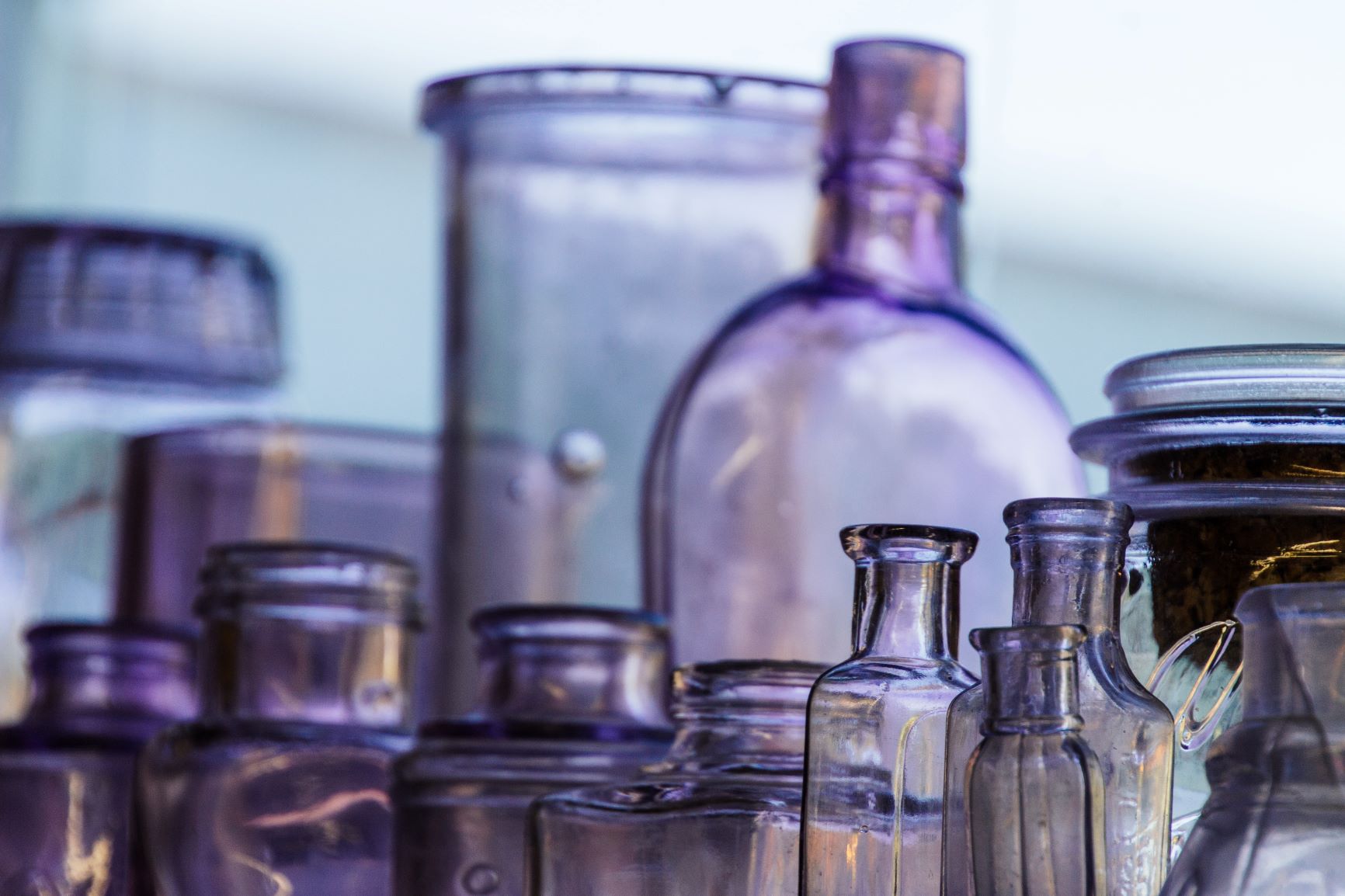CLAW At-Home Experiment: Volumetric Analysis of Household Acid with Cabbage Juice

At a Glance
Discipline
- STEM
- Chemistry
Instructional Level
- College & CEGEP
- University
Course
- Secondary V Chemistry
- General Chemistry
- Chemistry of Solutions
Tasks in Workflow
Social Plane(s)
- Individual
Type of Tasks
- Analyzing
- Writing
- Experimenting & conducting inquiry
Technical Details
Useful Technologies
- Equipment (e.g., containers and measuring tools)
Class size
- Medium (50-99)
Time
- Single class period (< 90 mins)
Instructional Purpose
- Exploration & inquiry
Overview
In this CLAW (Chemistry Laboratory Alternative Work) At-Home experiment, students will perform an experiment using household chemicals and materials. It was designed as a substitute for in-person laboratories, usually performed at the college level, during the COVID-19 pandemic. However, it may also be used as an experiment that students can carry out in the lab or for student projects.
Instructional Objectives
Experimental Objective: Students will conduct an experiment in which the concentration of an acid found in a household product will be determined by titration using cabbage juice as the acid-base indicator.
Learning Objectives:
- Students will prepare an acid-base indicator and evaluate its colour based on pH.
- Students will prepare a titrating solution and calculate its concentration.
- Students will perform a titration and calculate the acid concentration based on the observed endpoint.

Workflow & Materials

Activity Workflow
Applied Strategies
Published: 16/07/2020
Copyright: © 2025 Brouillette, Leung and Schoonhoven. This is an open-access article distributed under the terms of the Creative Commons Attribution License (CC BY). The use, distribution or reproduction in other forums is permitted, provided the original author(s) and the copyright owner(s) are credited and that the original publication on this website is cited, in accordance with accepted academic practice. No use, distribution or reproduction is permitted which does not comply with these terms.


